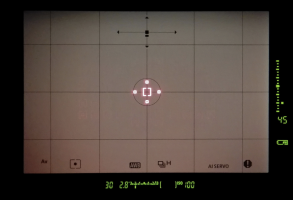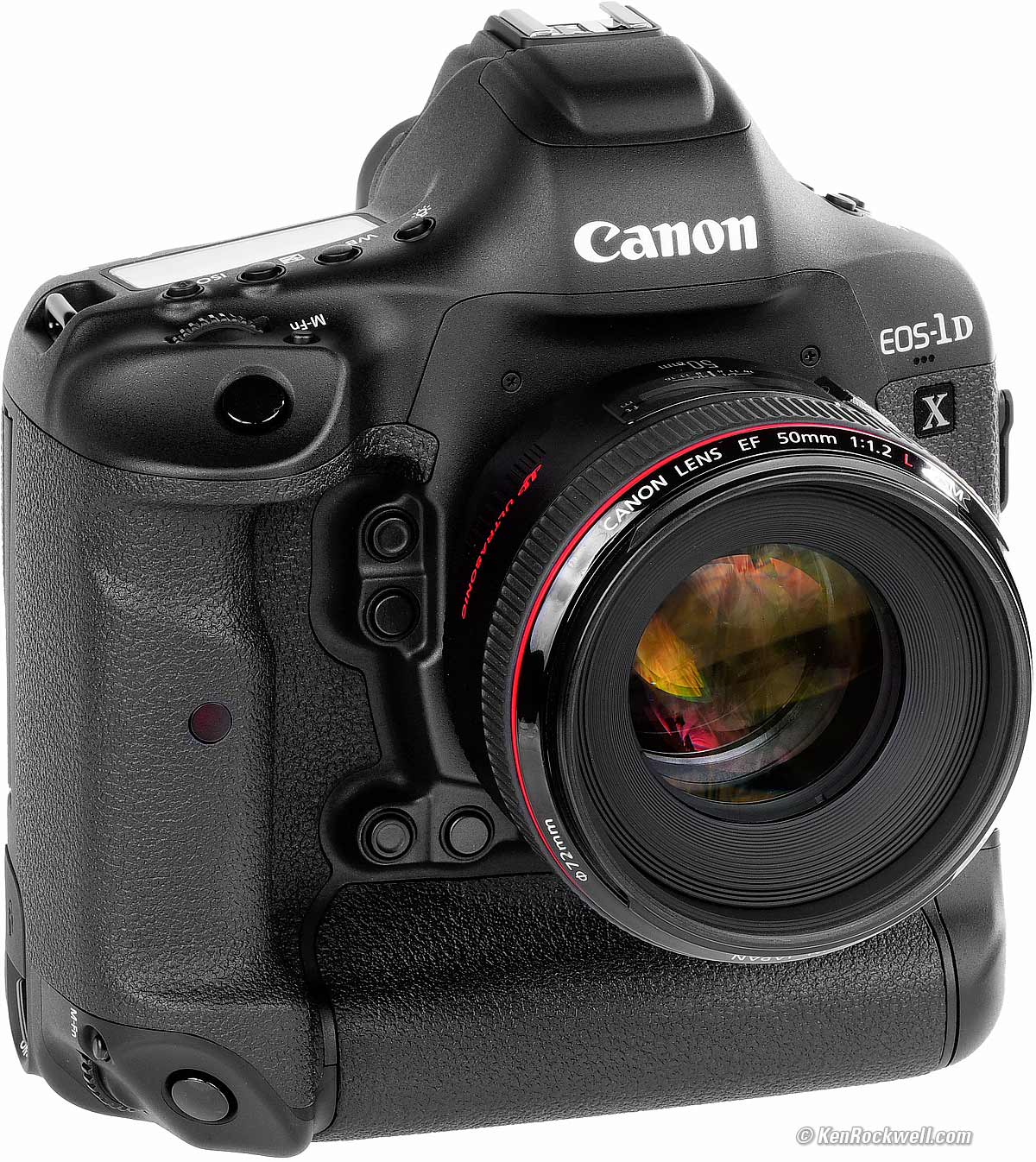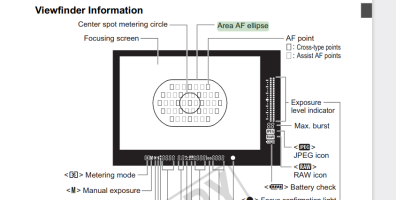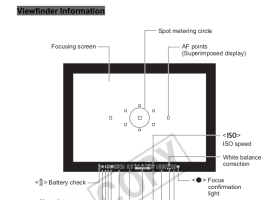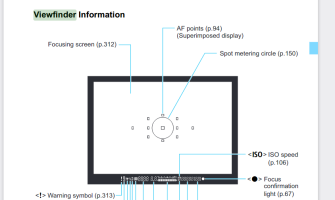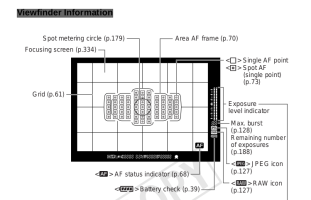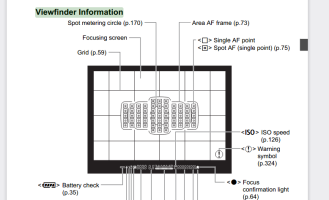So it sounds like this translucent mirror change happened even in AF-capable film SLR cameras, correct?
Upvote
0
Correct.So it sounds like this translucent mirror change happened even in AF-capable film SLR cameras, correct?
Neuro has answered all your questions. The 6D is smaller and lighter than the 5DII and the top plate is plastic. You could probably consider it to be a step up in construction compared with the R6, so I found it to be robust enough.I wasn't aware of the top-shutter speed difference, but I see that now. Isn't the 6D also lighter, more plastic, and less robust?
Also, I'm assuming that like the 5D Mark III, the AF points are black/LCD in the 6D, vs the red in the 5DII. But maybe I'm wrong about this?
Do you know when this cross-over happened? I'm assuming the transmissive mirror allows for full-sensor autofocus for face-tracking, etc? I.e., it's a "half live view" kinda deal, where you can still see through the OVF, but the sensor still gets some light.
So for the older cameras without face tracking, they have solid mirrors? But where was the cut-off? I feel like a translucent mirror is something that I want to avoid.
And for the translucent LCD displays... do the ones with red illuminated AF points NOT have translucent LCDs overlaying?
Excellent thing to keep in mind. So it seems like the AF system doesn't matter as much... assuming that it gets out of my way as much as possible (maybe avoiding LCD-based systems if I can). And I have my doubts about accurate manual focusing with an EG-S in all situations... which is why the models that support split-prism screens are so attractive to me.
On a transmissive lcd equipped dslr you have that aid in the viewfinder too, if the option is on.My two favorite advantages with the evf on the R5 are the horizontal level and the magnifying function to see the point you want to focus on. not sure what other cameras have these two feature, but I suspect most do.
I had both 5DII and 6D for a while.Am I missing anything else?
Not from what I've seen. The info on this that I've seen comes from Roger Cicala (owner of LensRentals and self-professed tech geek who loves to tear down and test lenses).Ah, interesting... so you really need 2012 and newer cameras to take advantage of this? Does Canon have an official name for this newer feedback system? Something that might be listed in a spec sheet?
No, Canon never mentioned this, and it’s not official. As Neuro stated in his reply, it was Lens Rentals that tested this and came to this conclusion. However in my own experiences with Canon FF cameras since 2005 (previously being a Nikon guy and Pentax medium format film) I have definitely seen an improvement in AF reliability in both accuracy and precision from the 2012 6D onwards when using lenses from 2012 onwards, with the exception of the 70-300 L from 2010, which is also very accurate and reliable, and Lens Rentals did state they found this in their testing too.Ah, interesting... so you really need 2012 and newer cameras to take advantage of this? Does Canon have an official name for this newer feedback system? Something that might be listed in a spec sheet?
I’m confident that ‘Uncle Rog’ knows what he’s doing. I’ve never used a 6-series body. I certainly noticed an increase in AF reliability when going from the 5DII to the 1D X, but that’s an unfair comparison on many levels. By that point, I was using mostly newer lenses anyway, except the 85/1.2L II which had always seemed to have pretty accurate AF, probably because it took ages to achieve focus.I believe @neuroanatomist may be a non-believer !
The 1D X II has a transmissive LCD for AF point display inside the OVF. All of the 1D X bodies have that, and all of them can still light up individual AF points in red. It can also display other information as an LCD overlay on the scene.Do you think it still has some kind of "look through LCD" viewfinder? Or did they go back to etched when they returned to "light up red" AF points?
